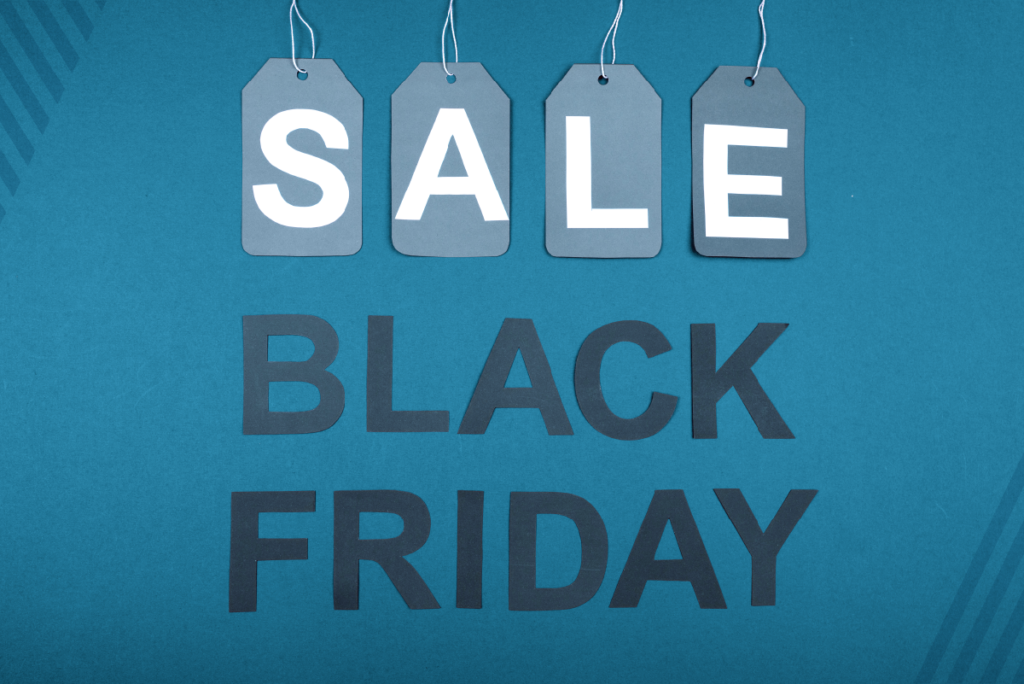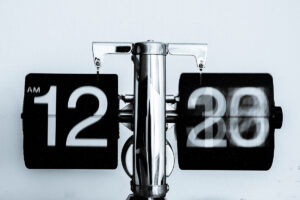Leverage data analysis and start getting ready for Black Friday 2022. Learn the lessons from last year and what you should keep an eye out for next November.
Black Friday 2021 was full of uncertainty. Most retailers were optimistic and hoping for rising profits, with expected revenues of BRL 5.5 billion. Everyone’s nerves were on edge. No one quite knew how consumers would react to brick-and-mortar stores reopening, to diminishing purchasing power, or to the pandemic itself.
We can now say for certain that those predicting rising sales on Black Friday were right—according to preliminary Nielsen data, sales were up 5% over 2020, totaling BRL 4.2 billion. To get ready for 2022, there’s nothing better than looking at the relevant data and insights from last year’s Black Friday.
Black Friday 2022: What BF 2021 taught us, in data
Preliminary Business Intelligence data has shown us that in 2021:
- Black Friday revenues increased by 5% over the previous year.
- However, total orders fell to 5.6 million, a 9% decrease over the previous year.
- If the preliminary data proves right after further analysis over the year, Black Friday 2021 will be considered the biggest since its addition to the Brazilian shopping calendar.
- The average ticket was R$ 711.38, approximately 6.4% higher than in 2020.
- According to Neotrust, some of the biggest sellers were air fryers and vacuum cleaners, women’s shoes, and body care products. On the other hand, men’s fashion and shaving products had the lowest discounts.
- E-commerce focused on lowering shipping fees to bring in shoppers, with a 12% decrease compared to the previous year.
- The biggest shoppers were young adults aged 26 to 35 (35%), followed by the 36-59 crowd (34%). Participation rates were lower for adults under 25 (17%) and those 51 and older (14%).
- Approximately 61% of sales were in the Brazilian Southeast, while 16% were in the Northeast.
- Top performers by order volume were (a) Fashion and Accessories, (b) Beauty and Personal Care, (c) Telephones, (d) Small Appliances, and (e) Home Appliances.
- Top performers by revenue were (a) Telephones, (b) Home Appliances, (c) Electronics, (d) Computers, and (e) Furniture.
- Credit cards remained the most popular payment method among customers, while boletos (a payment ticket method popular in Brazil) lost ground to the new Pix system and to digital wallets (-4%).
(Sources: Nielsen, CNC, and Neotrust)
What to expect in 2022
Based on Business Intelligence data about Black Friday performance this year, we can bet that, in 2022, Pix will grow even faster as a payment method, gaining preference among both retailers and consumers given its security convenience. In addition, with the Covid-19 crisis increasingly under control and growing vaccination rates point to an optimistic scenario in the coming year and suggest higher revenues in 2022.
However, we may also see a more balanced split between e-commerce and brick-and-mortar stores. After all, with stores reopening and lockdowns abating, more people tend to shop in person, taking a bite out of the all-powerful growth rates of e-commerce in recent years.
In terms of what products we expect to stand out, current leaders will still prevail in the near term: fashion, beauty, skin care, telephones, and small appliances. Retailers focused on products for men should probably be a little bolder in their discounts to give the sector a boost.
BI as an ally in business results and consumer behavior analysis
As a manager, what do you think about when you remember Black Friday is coming up, followed by the holiday shopping season, when website traffic can increase fourfold? You want to expand infrastructure capacity overall, right? And yes, that really is necessary. But can you tell when and for how long to strengthen your infrastructure? Don’t try to answer off the top of your head. You’ll only get it right if you’re looking at your monitoring data right now, collected via Business Intelligence.
Here’s the deal: if you’ve been monitoring your systems throughout the year, why wouldn’t you leverage that data now, during the busiest time of the year, to determine how robust your website needs to be, applying intelligence and scalability to the process? It wouldn’t make any sense, right?
If you haven’t invested in proper monitoring, data collection, and infrastructure, though, instead of higher revenues on these key holiday dates, your company will waste whatever investments it made in advertising and inventory getting ready for Black Friday. Using an intelligent solution to analyze high-level data is key to making the whole thing work.
In addition, you also need to worry about user experience, which can severely compromise e-commerce results. After all, 74 percent of customers claim they switch stores if the purchasing process is too slow or difficult, according to data from American Express. We’re not just talking about how your website looks here, it’s also a matter of paths, number of clicks required to get to a given screen, check-out process, and customer service messages. You need to test everything and have everything under control before an event as big as Black Friday.
On these fronts and others, such as supply chain and inventory management, real-time data and information monitoring systems give you effective control over the situation. This is why your monitoring technology needs to be ready to collect all data (experience, infrastructure, traffic, inventory, the works), process it, and provide managers with a single dashboard to track it. You may often have to make urgent decisions, but this will allow you to base them on solid, reliable data, minimizing the likelihood of error.
Furthermore, Business Intelligence can also help in the security front. Considering the growing number of hacks and cyberattacks during peak shopping days such as Black Friday, you simply can’t have too much security. So don’t have too little. With data analysis, you can determine what actions are the riskiest based on information from recent years, establishing rules for automated vulnerability detection and defining adequate measures for each instance.
Examples of how BI can help you get Black Friday right
OQ Vestir
The fashion retailer, also a big content provider in the area, invested in collecting relevant data on potential customers by establishing an exclusive landing page for products on sale on Black Friday.
This enabled the brand to put up a website with advanced search features to let customers find exactly what they wanted, leveraging data intelligence to create a highly customized user experience.
Ricardo Eletro
The electronics store also made a bet on customized content to engage its target audience. In addition to creating funny videos and content about Black Friday, the retailer also used data analysis to compare offers in the U.S. with those in Brazil, achieving higher conversion rates.
Le Biscuit
Le Biscuit, a home decor store, optimized its whole data extraction, tagging, and website information monitoring process. The company developed dashboards that let it track exactly what was happening in its digital media channels in real time.
To improve its paid media efforts, it expanded the search for new keywords, drawing into its media campaign a wide variety of searches, especially for relevant products and categories, as well as the words “Black Friday.” This way, even if users made a mistake or a typo in their searches, the company’s ads would still reach them. Furthermore, remarketing campaigns were adjusted with aggressive content to capture customers’ attention and wallets.
It also implemented an abandoned cart rule, triggering a shopping incentive e-mail every time a user dropped a customer abandoned their cart with unpurchased products. Data collection and analysis were likewise used to send customers push notifications, e-mails, and text messages.
Grupar Autopeças
Autoparts company Grupar split its campaign into two stages: one pre-Black Friday, once a week throughout November, and then on Black Friday itself, November 27. The advertising worked to bring in new customers, reaching over 52 thousand people and starting a large number of service calls. The company’s goal was to collect customer data and leads to provide customized offerings.
Use data analysis to start building your Black Friday 2022 strategy today
BlueMetrics is partners with Sisense, one of the world’s leading Data Analytics and Business Intelligence. It can help you implement the best data analysis solution to boost management and decision-making in your business.
Fill out our form and we’ll get back to you.



